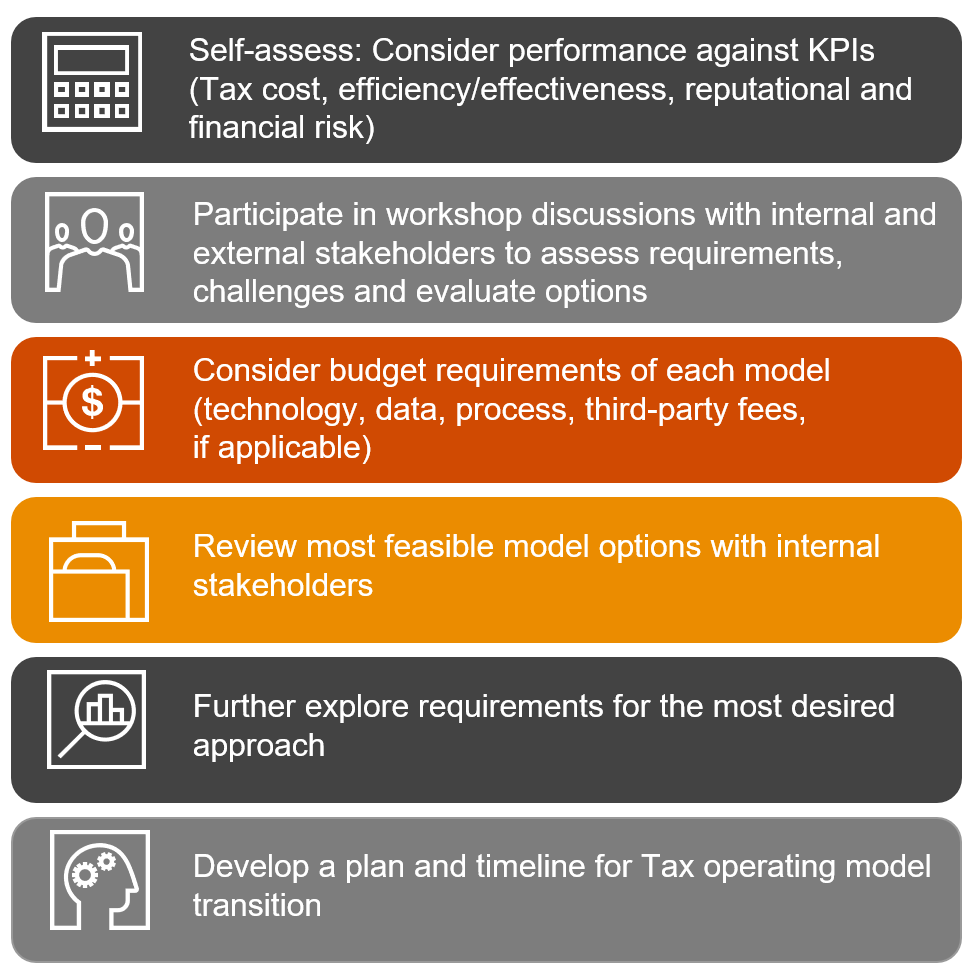November 2020
By Mohd Haizam Abdul Aziz, Tax Director, and Tay Boon Hwee, Senior Manager, PwC Malaysia
The evolution of the Tax department from a back-office function to a valuable business partner - to deliver insights in real time and likely remotely in the current landscape - means that we first need to evaluate whether the current Tax reporting set-up has the ability to support the new needs of the business. In our earlier blog in this ‘Driving agile tax functions’ series, we shared some key questions to help guide you in your evaluation.
Change is also being driven and objectively measured by the following key performance indicators (“KPIs”):
- Tax cost
- Risk (financial and reputational)
- Efficiency and effectiveness
- Sustainability
Enhancing your existing operating model to meet the needs of the business could involve changes to the ecosystem your Tax function is housed within, which includes tools, processes, and resources.























